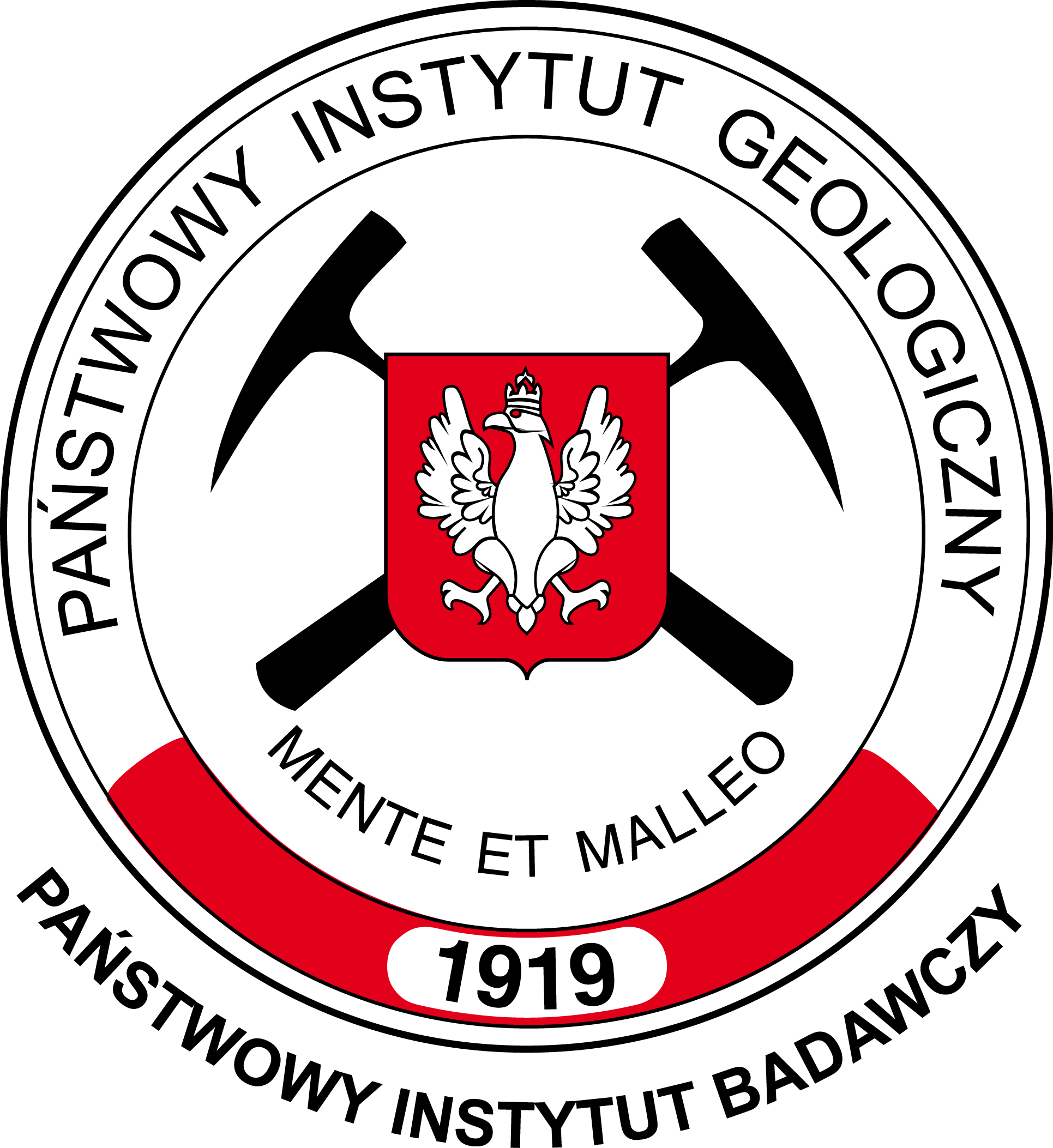200000
Type of resources
Available actions
Topics
Keywords
Contact for the resource
Provided by
Representation types
Update frequencies
status
Scale
-
The GIS data derived from the "Geological Map of the Polish maritime areas for the purpose of so-called Additional Military Layers" issued by the Polish Geological Institute in 2012. The study on a scale of 1:200 000 shows lithological diversification of surface sediments within the Polish maritime areas according to the R. L. Folk classification (1954) distinguishing 15 different lithological types of sediments. Additionally, the areas where boulders occur in the midst of sand and gravel deposits were identified. The map was prepared according to the defence standard NO-06-A058-5.
-
The GIS data were obtained during digitalisation the "Geological Map of Baltic Sea bottom of 1: 200 000" issued by the Polish Geological Institute in 1989-1995. The basic content of map includes lithological diversification of the southern Baltic surface sediments and their origin. In addition, if the surface layer has a thickness of less than about 20 cm, the underlying deposits are also shown. The basis of sediment types distinction was F. P. Shepard classification (triangles classification) using Wentworth grain classes. In classification applied sand is additionally divided into four subtypes. The map area is covered by 17 grain size types and subtypes of surface sediments.
-
This harmonized dataset presents the geological map of the Baltic Sea at 1:200,000 scale, depicting surface sediments and subsurface sediments. The classification of sediment types was based on F.P. Shepard's classification. The dataset complies with the INSPIRE Geology – Geologic Map data model.
-
The dataset presents lithological types and subtypes of seabed surface sediments in Polish marine areas. The lithological classification was made based on the Shepard method, modified by the Marine Geology Department of PGI-PIB.
 Katalog Metadanych PIG-PIB
Katalog Metadanych PIG-PIB